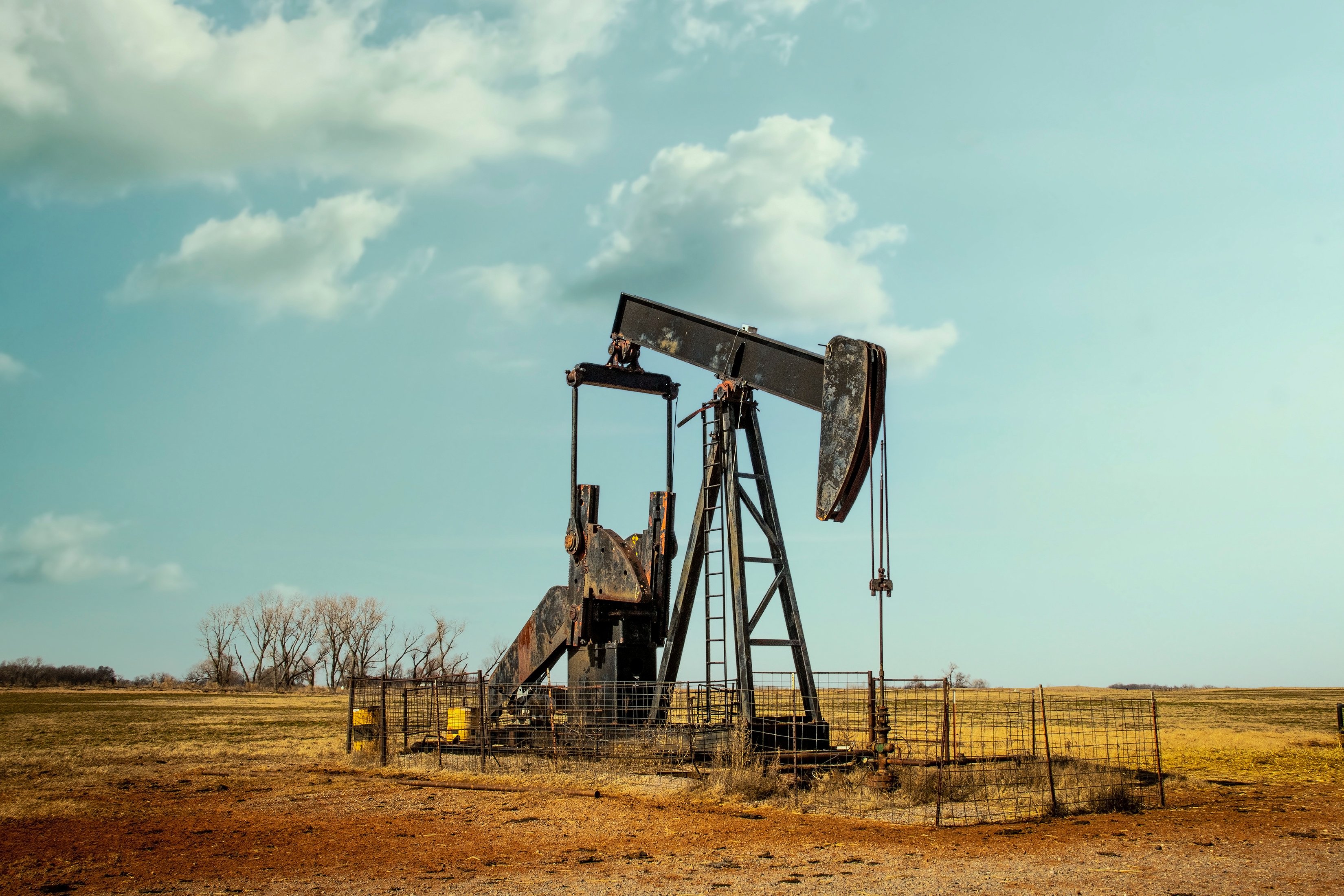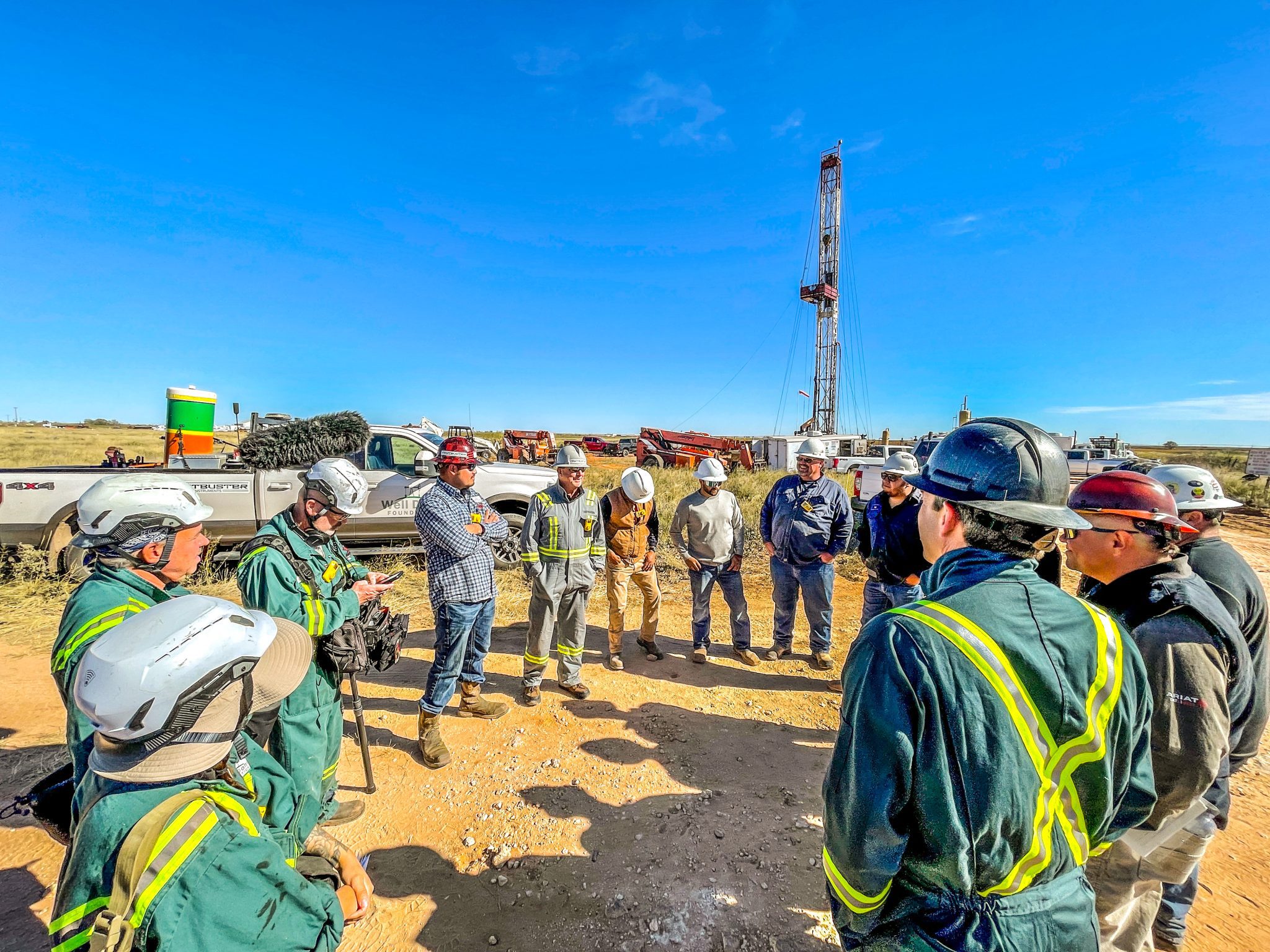Closing the Gap: The Well-Done Foundation’s Mission to Seal Orphaned Wells

Industry
Nonprofit/Charity
Challenge
Orphaned and abandoned gas wells present serious environmental, economic, and regulatory challenges. Often left by defunct or untraceable operators, these wells can leak methane, contaminate groundwater, and pose physical hazards. Tackling this growing problem demands coordinated policy efforts, cutting-edge detection technologies, and sustained investment to safeguard both communities and the environment.
Results
Our customer saw an immediate impact... with the ability to detect and quantify
Key Product
SEMTECH HI-FLOW 2

About Well Done Foundation
The Well Done Foundation (WDF) is a U.S.-based nonprofit organization dedicated to addressing the environmental hazards posed by orphaned and abandoned oil and gas wells.
Founded in 2019 by former oil executive Curtis Shuck, the foundation aims to mitigate climate change by preventing methane emissions through the plugging of these wells.
The Challenge
Orphaned and abandoned gas wells pose significant challenges across environmental, economic, and regulatory fronts. Often left behind by defunct or untraceable operators, these wells can leak methane, contaminate groundwater, and create surface hazards.
With millions of such wells across North America, many undocumented or poorly maintained, the cost and complexity of identifying, managing, and safely decommissioning them continues to grow. Addressing these issues requires coordinated policy, advanced detection technology, and sustained investment to protect communities and the environment.
Well Done Foundation's mission involves performing a five-step process from well identification to qualification to restoration.
A key part of their 5-step process, abandoned and orphaned wells are qualified which includes testing for current GHG emissions. This step is critical to understanding the current environmental impact, and generates a detailed orphaned well report to determine if the well qualifies for further analysis.
The quantification of GHG emissions requires advanced in-field technology requires advanced technology because of the complexity, variability, and precision demands involved in accurately detecting and quantifying these emissions.
Regulatory bodies and carbon registries require precise, verifiable data for emissions reductions and offset credits.
Methane emissions measurement Instruments combine flow measurement with gas concentration analysis, enabling direct quantification in kg/hr or standard cubic feet per hour—critical for validation and compliance.
The Solution
After researching potential technology, Well Done Foundation selected the SEMTECH HI-FLOW 2 to quantify GHG emissions. The team here at Heath supported the customer through adoption of this technology, with in-field training and support as part of their process.
Unlike infrared cameras or sniffers that only detect leaks, the HI-FLOW 2 delivers direct methane mass flow rate measurements (e.g., kg/hr). This is critical for:
- Pre- and post-mitigation analysis
- Carbon credit verification
- Emissions inventory reporting
The HI-FLOW 2 is designed to meet U.S. EPA standards, making it suitable for:
- Compliance testing
- Environmental reporting
- Independent third-party validation
“To date, the WDF has plugged 60 orphan wells nationally in 5 states and has used the SEMTECH Hi-Flow2 to help us quantify more than 1.0 million metric tons of CO2e that has been eliminated through our plugging efforts.”— Curtis Shuck, Chairman, Well Done Foundation
The Results
Well Done Foundation’s deployment of the SEMTECH® HI-FLOW 2 system yielded clear, measurable results that validated both the technology’s accuracy and its applicability for field-based emissions testing at orphaned and abandoned wells.
The SEMTECH HI-FLOW 2 has been used on several wells to date, quantifying methane emissions from a series of legacy wells prior to and following remediation efforts. Key outcomes include:
-
Accurate Emission Baseline Measurements: The HI-FLOW 2 provided real-time, high-fidelity quantification of methane leaks, capturing emissions rates across various test sites. These readings enabled the Foundation to establish robust baseline metrics for each well.
-
Improved Verification of Emission Reductions: Post-plugging measurements demonstrated a significant reduction in methane emissions at remediated sites, confirming the effectiveness of the mitigation process. The HI-FLOW 2's precision made it a vital tool for third-party verification and reporting.
-
Enhanced Transparency and Stakeholder Confidence: By using a proven, EPA-referenced measurement system, the Well Done Foundation increased transparency in its environmental reporting, bolstering credibility with partners, funders, and regulatory bodies.
-
Operational Efficiency in Field Conditions: The HI-FLOW 2 proved rugged and reliable under diverse environmental conditions, allowing Well Done field technicians to gather accurate data quickly and efficiently, even in remote locations.
These results affirm the value of integrating advanced portable leak quantification technologies like the SEMTECH HI-FLOW 2 into orphaned well mitigation strategies. The data collected not only supports the Well Done Foundation’s mission of measurable climate action but also contributes to broader methane accounting frameworks at the national and international levels.

